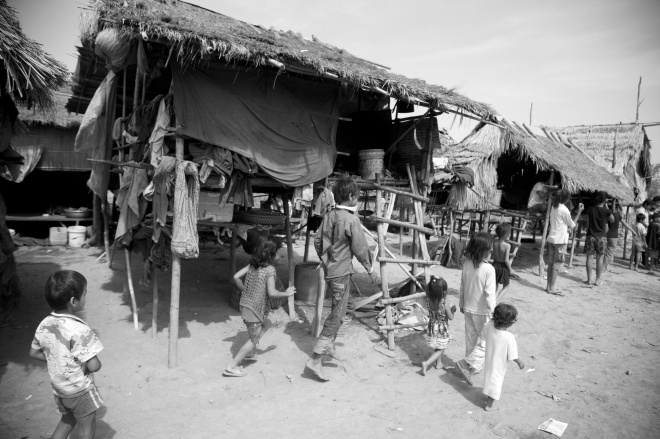Part 4: It’s gonna hurt
(In my three previous posts, I explain the complicated decisions expats must face regarding their healthcare, especially when the unexpected occurs.)

Source: The National Academies Press
When expats consider medical insurance, they quickly learn the decision about getting or foregoing it can be complicated.
What they don’t always accurately take into account is how the costs of insurance will grow and how risky the lack of it can be.
Having it is expensive. Not having it can cost a bundle too. Worse, not having it can be dangerous.
With insufficient insurance, inadequate personal resources or both, a patient who is unable to receive quality care in his or her adopted country or another one could end up permanently maimed. Or Continue reading


